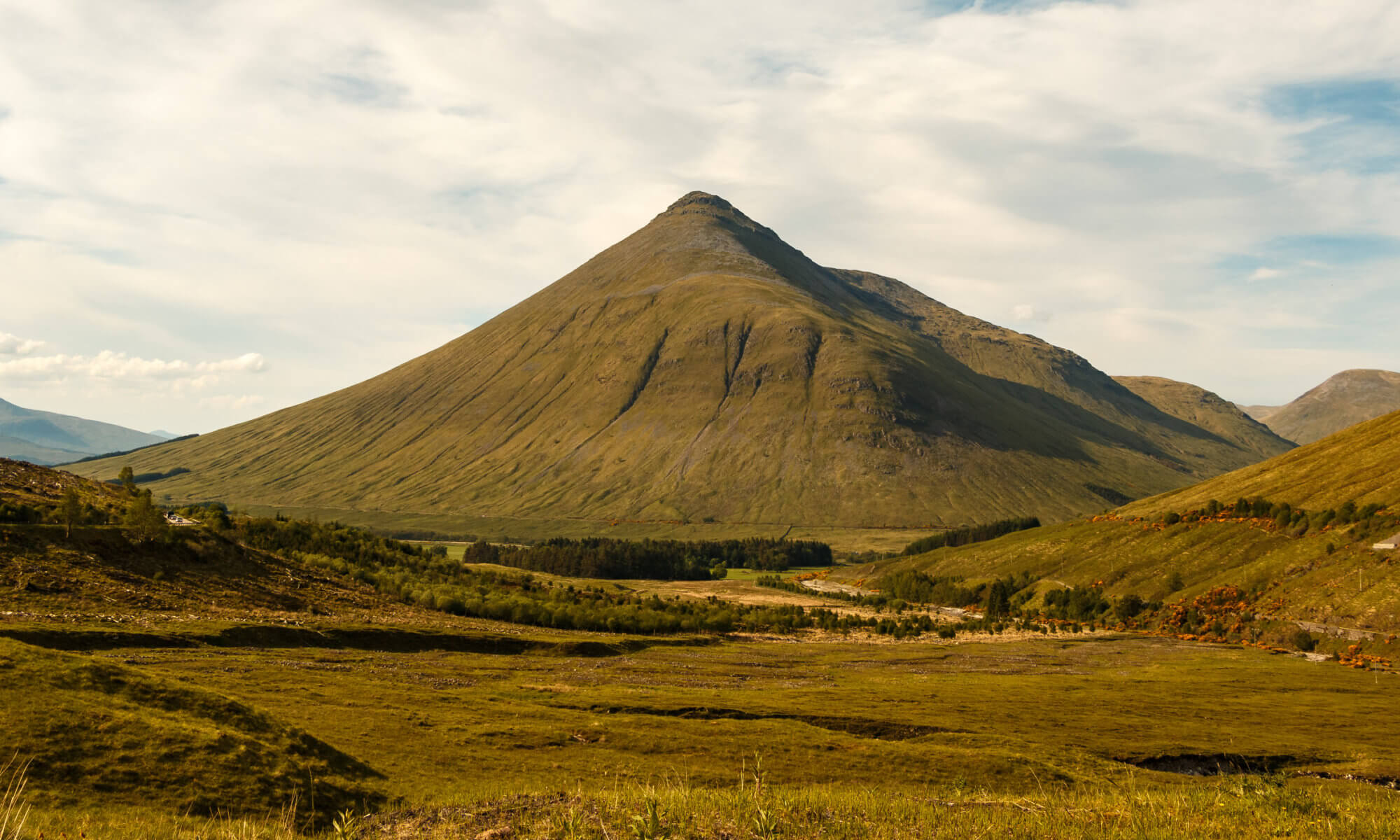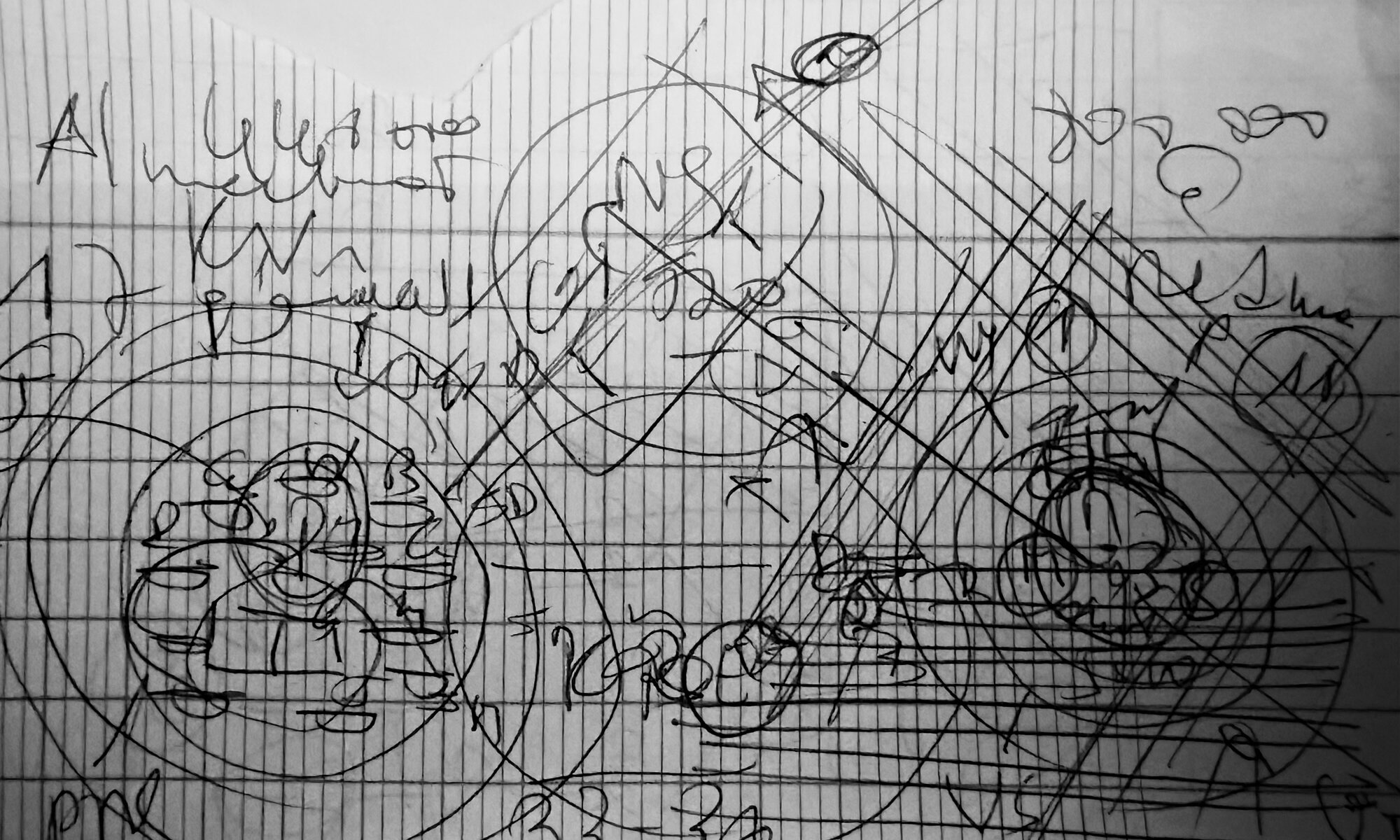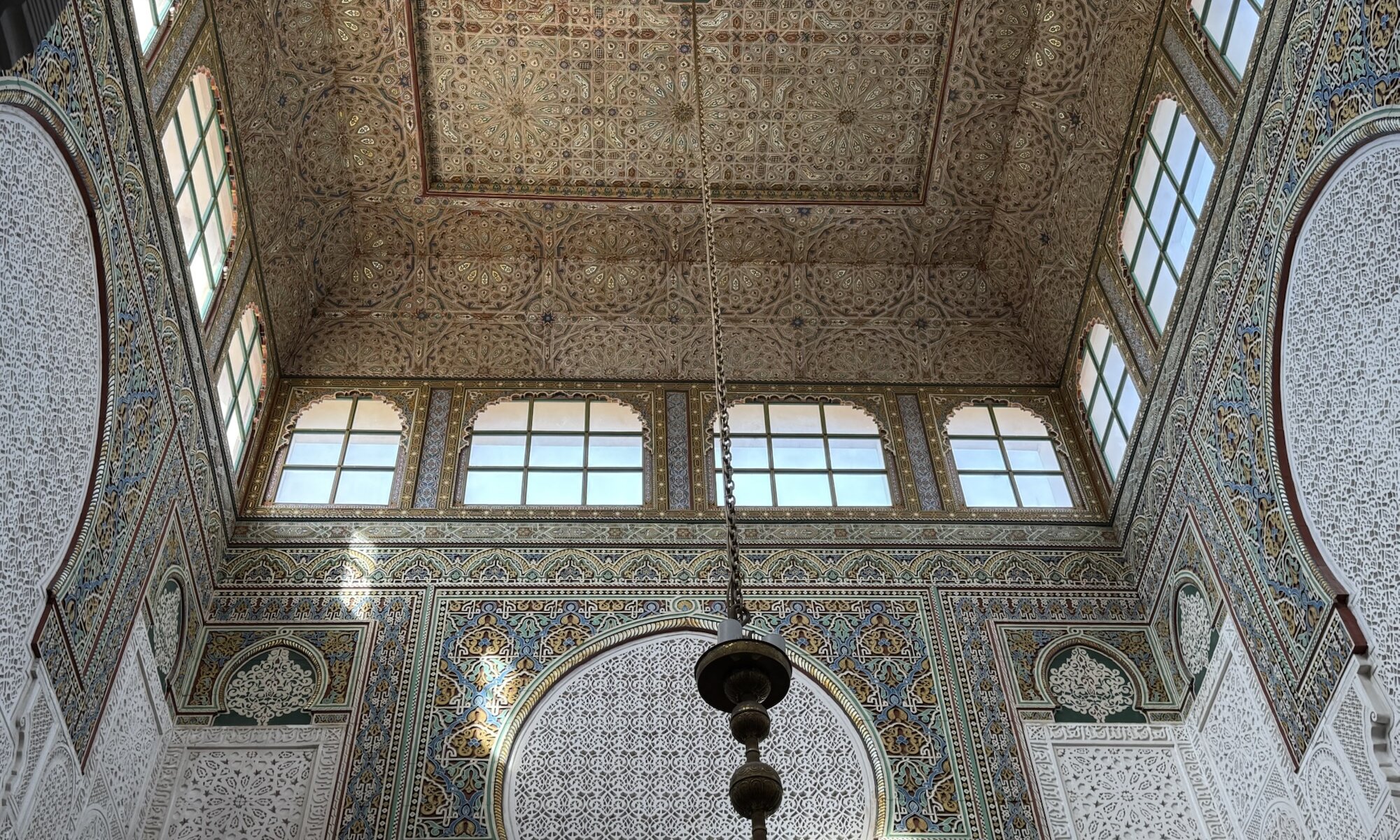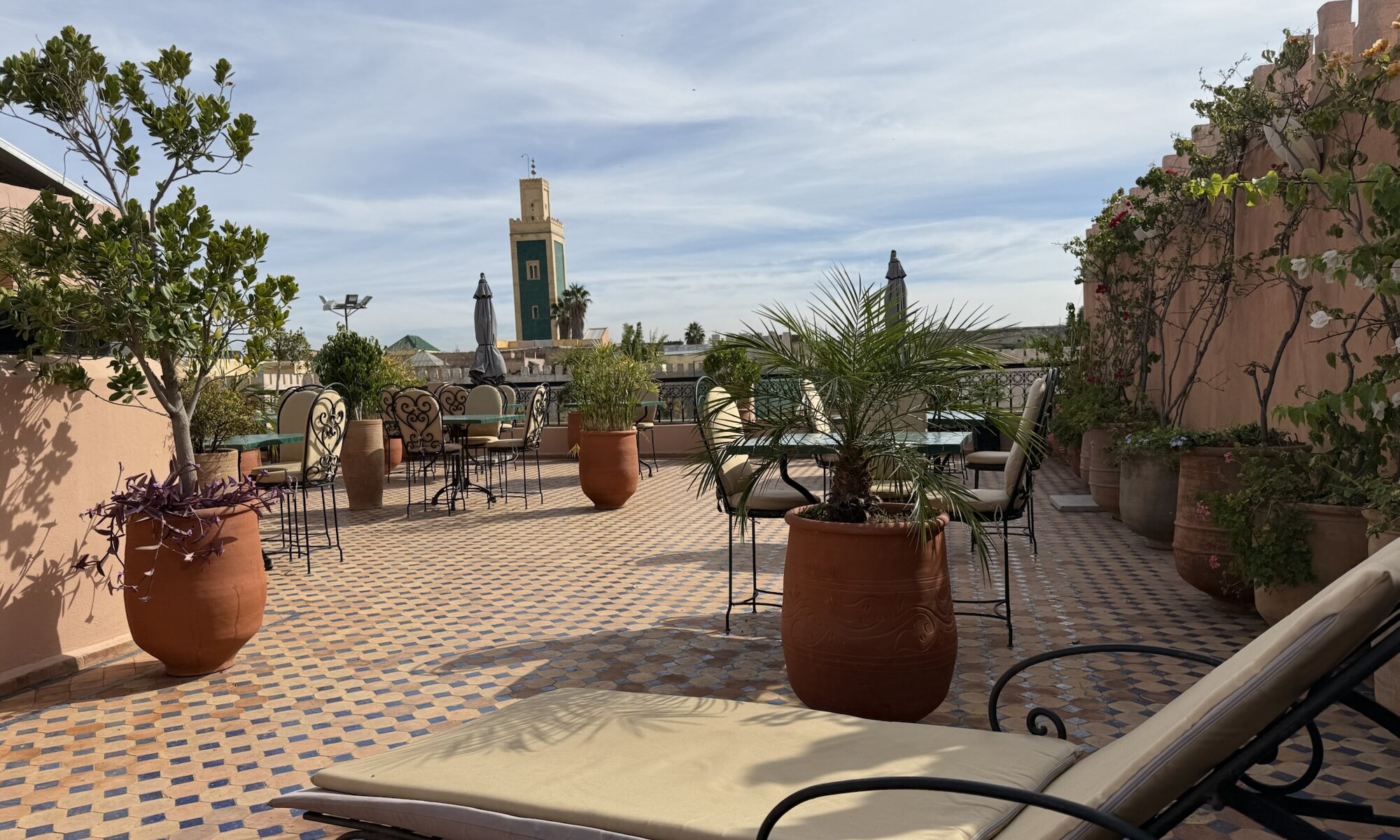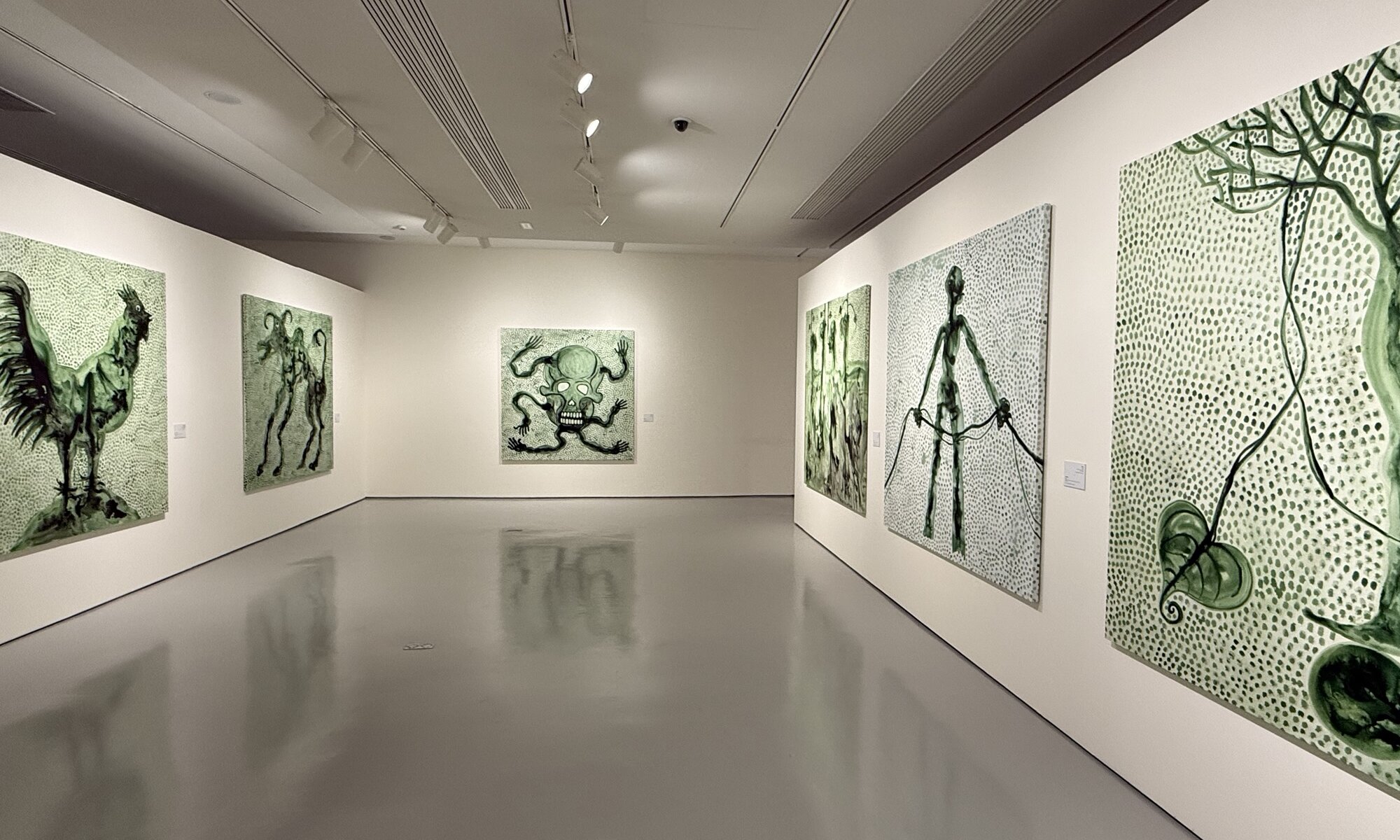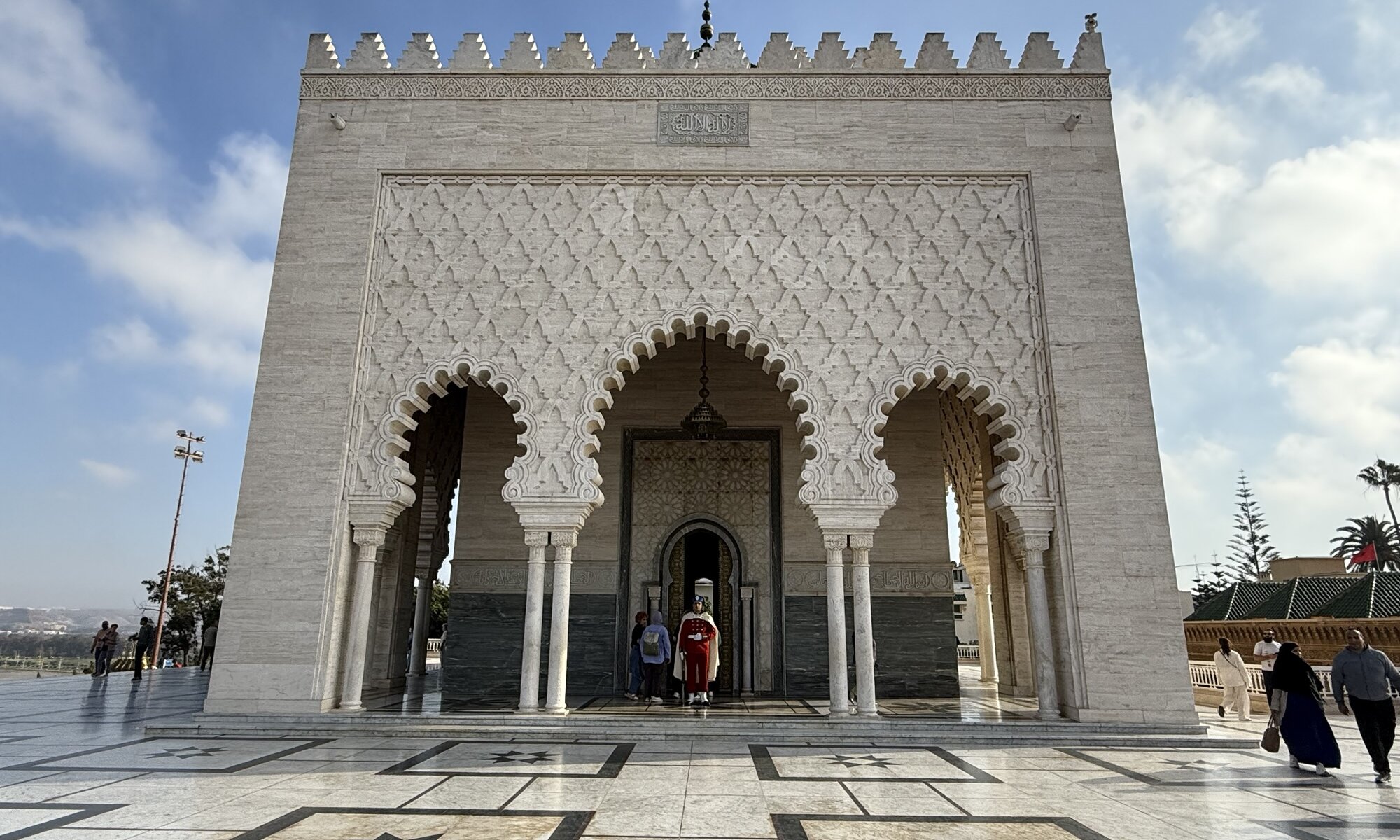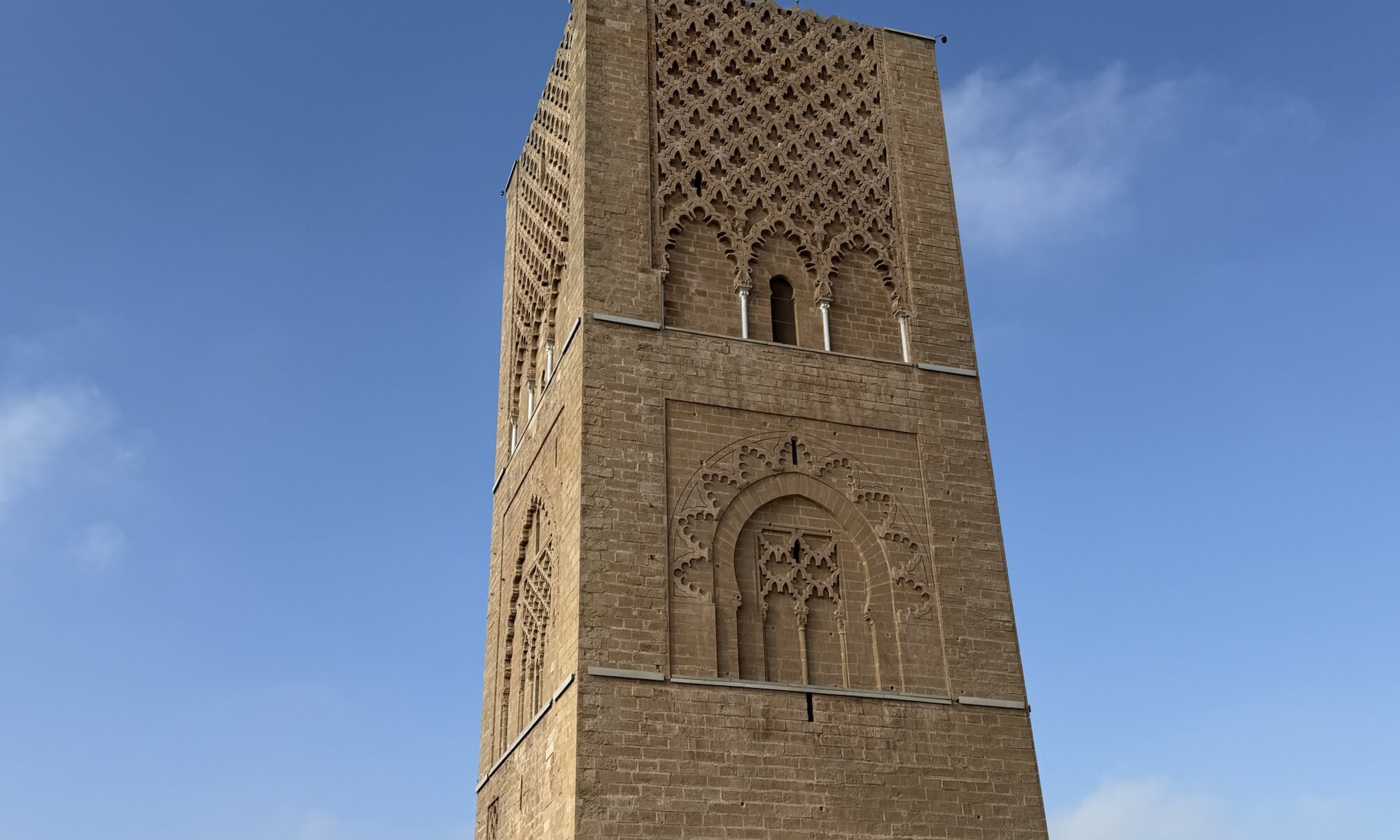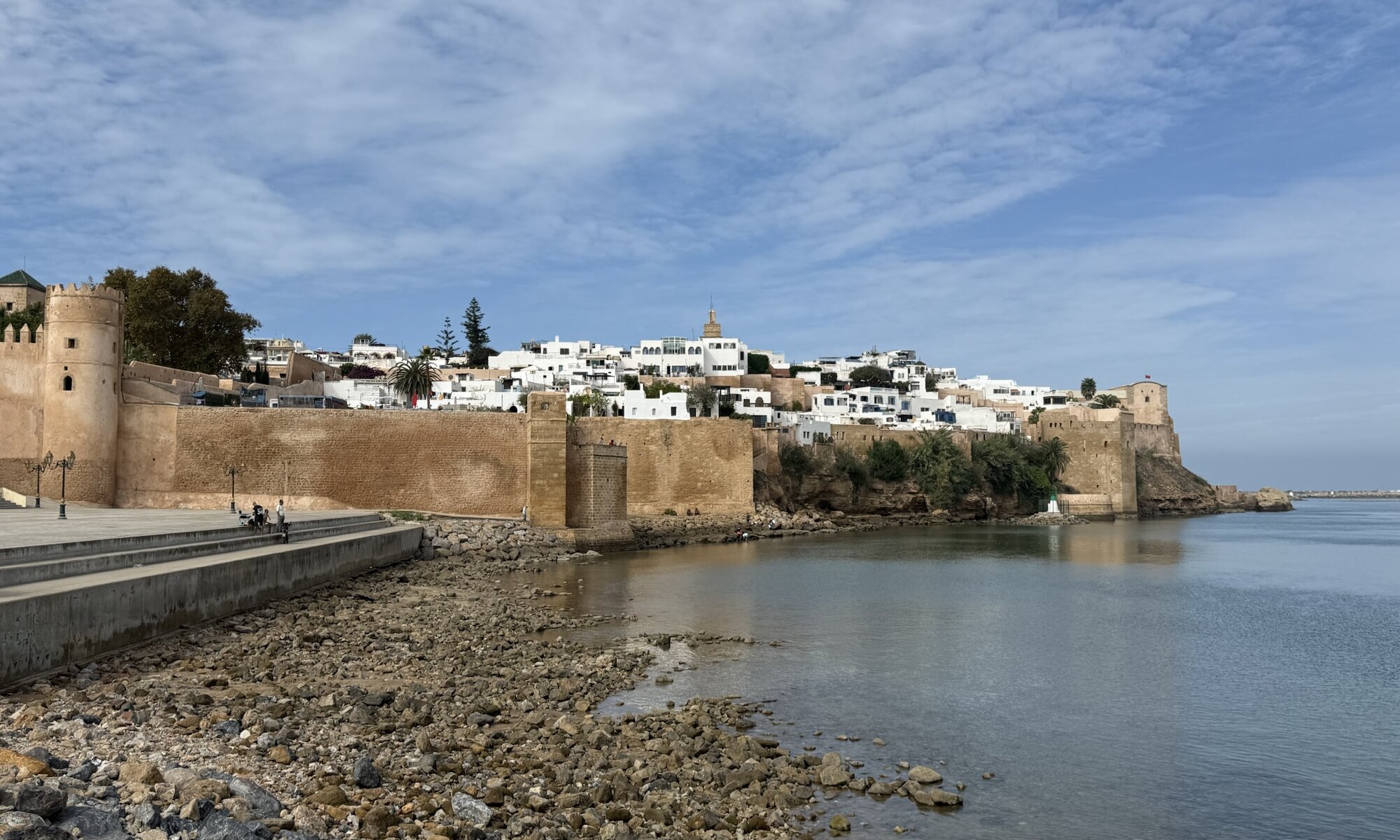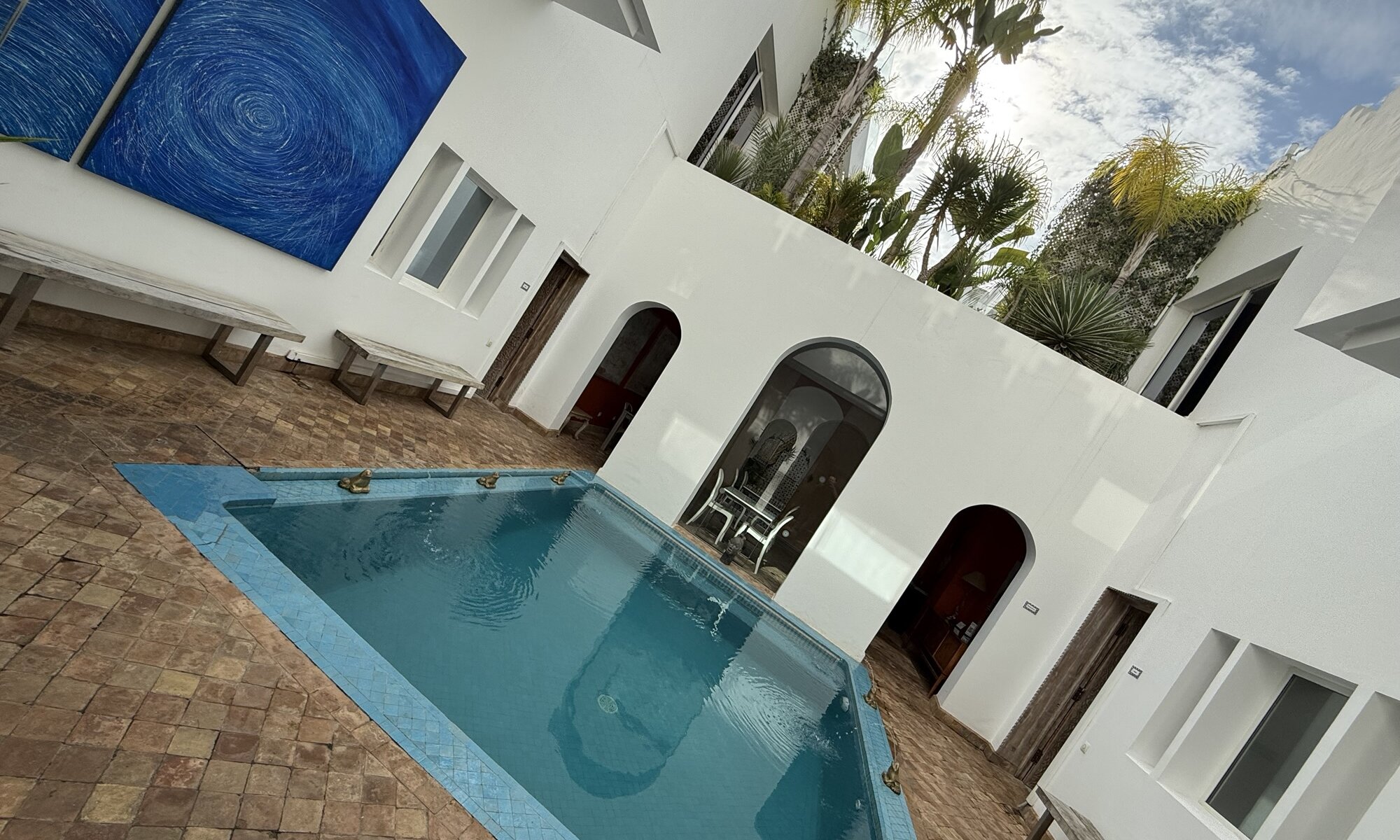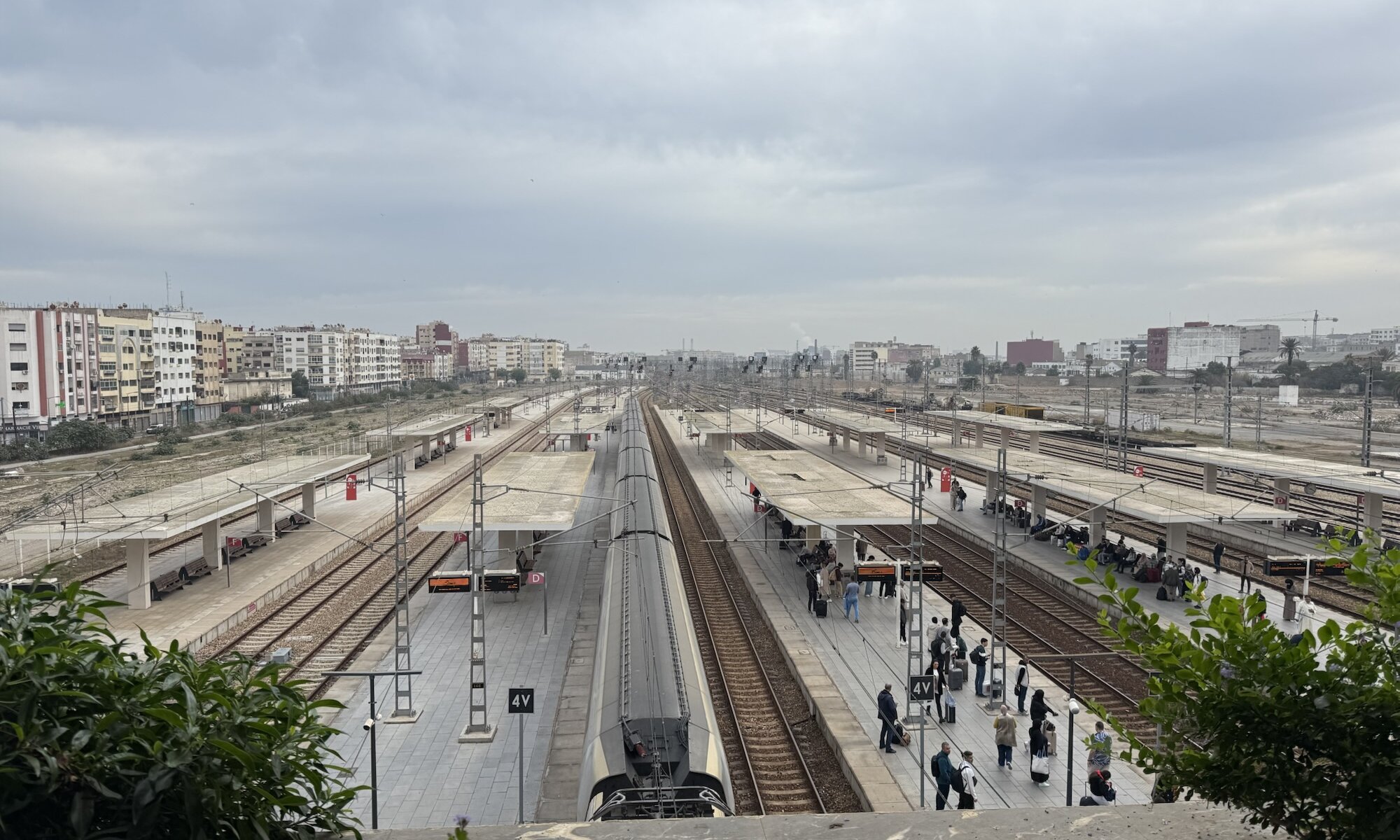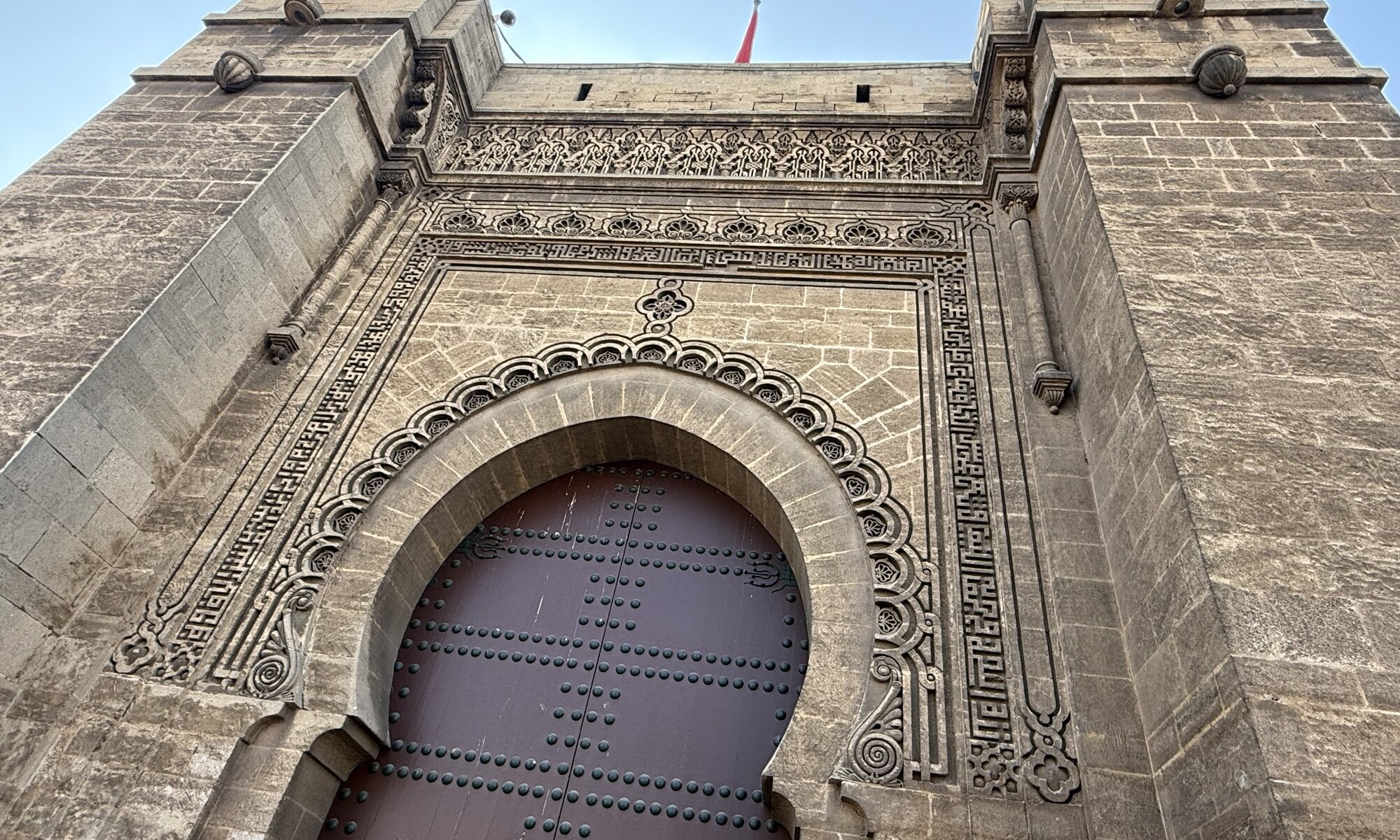When people visit Morocco, they typically visit the four villes impériales: Fès, Meknès, Marrakech and Rabat. These four have been capital cities throughout time for different dynasties of rulers: Idrisids (Fès), Almoravids (Marrakech), Almohads (Marrakech), Marinids (Fès), Saadis (Marrakech, Fès) and Alaouites (Fès, Meknès, Rabat). They shaped their favorite cities, contributed new buildings to them and left their traces.
Continue reading “Villes impériales”Moulay Ismaïl
Not far away from the Place Lahdim of Meknès you can find the Mausolée de Moulay Ismaïl, a large mausoleum integrated into a mosque. Typically, these religious places are not accessible for non-muslims, but in Meknès this is different: you can take off your shoes and have a look at the mosque and into the burial chamber. Both are lovely decorated in ceramics and marble with an Andalusian-style fountain as the centerpiece. The mosque itself is actually in use and the two open spaces inside the complex are used for open-air prayer as well.
Continue reading “Moulay Ismaïl”Riad Yacout
When visiting Meknès, the Riad Yacout is a good option for staying overnight. It is not only located directly between the mausoleum of Moulay Ismaïl and the Medina, it is also close to the Bab Mansour city gate and the place Lahdim. Furthermore its entrance is facing the Place Lalla Aouda, a large parking area that can be easily reached by taxi from the train station. What I absolutely enjoyed is the amazing roof terrace of the Riad, giving you great views on the city and the minaret of the mosque being part of the mausoleum.
Continue reading “Riad Yacout”Art moderne et contemporain
As the capital city of Morocco, Rabat for sure needs a great art museum. Named after the current ruler Mohammed VI, the Musée d’art moderne et contemporain delivers what you would expect: contemporary art presented in a modern environment. Unfortunately, locals often miss the opportunity to see this wonderful museum because of its rather high entrance fee. The museum was opened in 2014 and on two levels artworks of 200 Moroccan artists from the 20th and 21st century can be seen.
Continue reading “Art moderne et contemporain”Mausolée Mohammed-V
Mohammed V is one of the rulers the Moroccans will probably not forget. He was the first to request independence from the colonizing countries Spain and France and was sent to exile because of this. After rising civil unrest, he could return in 1956 and successfully negotiate independence and the creation of the kingdom of Morocco. Mohammed V found his final rest in a beautiful and rich mausoleum next to the unfinished mosque of Rabat and the Hassan tower. He and his son Hassan II are protected by five guards in traditional uniforms.
Continue reading “Mausolée Mohammed-V”Unfinished mosque
When leaving the medina of Rabat to the southeast you can find an unusual building conglomerate on a hill: the unfinished minaret of an unfinished mosque next to the mausoleum of Mohammed V. A tower with a large field of columns next to an important grave. In the 12th century CE, Yaqub al-Mansur, the ruler of the Almohad empire requested the construction of the largest mosque in all Maghreb states. When he died in 1199 CE the construction works were stopped immediately and you can still see that state today.
Continue reading “Unfinished mosque”Kasbah des Oudaïas
The most beautiful place at Rabat is the Kasbah des Oudaïas. In fact, it is a combination of two kasbahs created by two different Moroccan dynasties to protect the city from pirates and serving as a royal seat. Directly at the ocean you can discover the old kasbah which is today a residential area filled with restaurants and touristy shops. You can climb up between the houses to the bélvèdere giving you great views on the ocean and the river. It is easy to imagine how this was once a military facility to protect the city. You can enter and leave this place through the historic Bab des Oudaïas gate.
Continue reading “Kasbah des Oudaïas”Riad Zyo
Once you reach the medina of Rabat you’ll see that it is entirely surrounded by an ancient city wall. The streets within are mostly traffic-free (with the exception of the Avenue Laalou passing between medina and necropolis), which gives you a nice experience while walking through the old town but also challenges you with the question of how to reach your guesthouse. The Riad Zyo is pretty easy to recht: after passing the Bab Laalou you only need to walk some meters on the Avenue Mohammad V and then turn right into the Rue Moreno. A small plaque at the wall will signal you that you’ve reached your destination.
Continue reading “Riad Zyo”En train
When I decided to visit multiple cities in Morocco I also took the decision to do the round trip by train. It is a pleasure you can’t have in many countries, but in this case you see the strong influence of the French colonialization: the high-speed trains are the same model like the TGV trains at France and the doors even close two minutes prior to departure like only in France. The rail network is suitably good, the stations have a great quality, you can buy tickets online upfront and travelling with locals and foreigners through the country is an absolutely nice experience.
Continue reading “En train”Here’s looking at you kid
The city of Casablanca is two-faced: first of all it is the economic powerhouse of Morocco. If it is about business in Morocco, it is most probably at Casablanca. That’s a factor that shapes the modern parts of the city and influences infrastructure. From a touristic point of view, the city attracts visitors with something virtual, an illusion created far in the past. If you say the name Casablanca all around the world people immediately see Humphrey Bogart and Ingrid Bergmann sitting at Rick’s Café in Casablanca struggling with the German influence on the Vichy-regime-controlled Morocco during World War II.
Continue reading “Here’s looking at you kid”